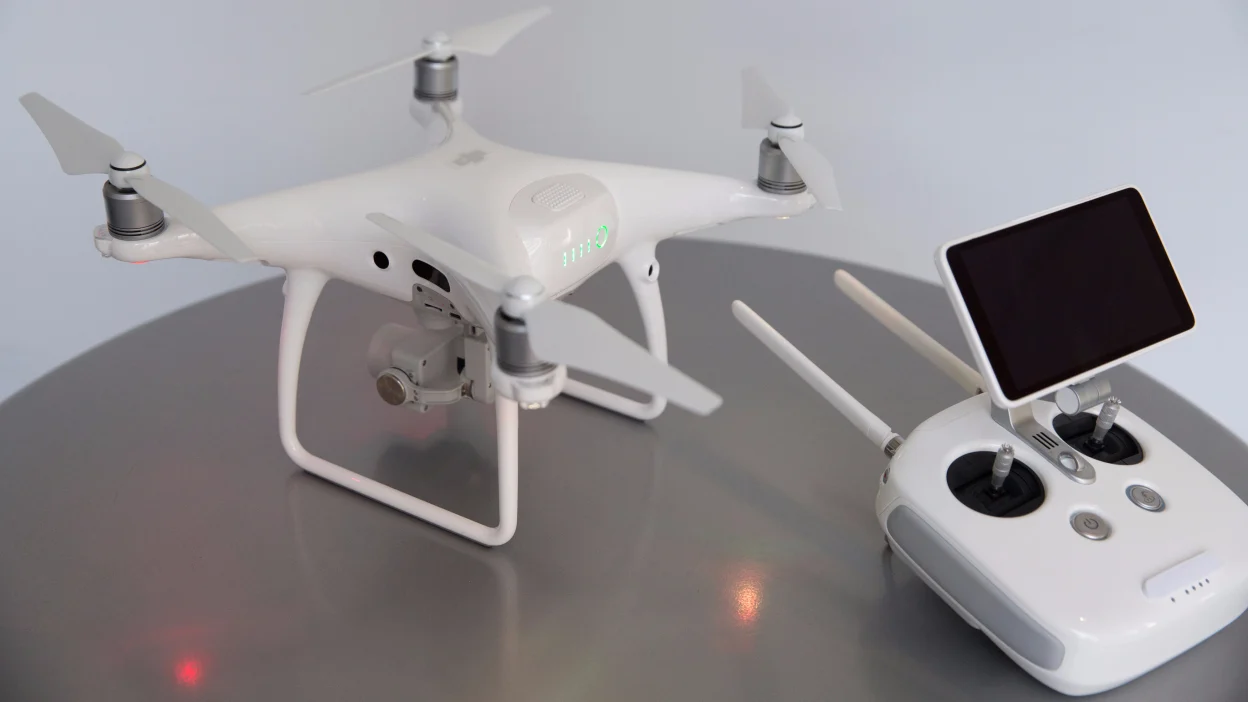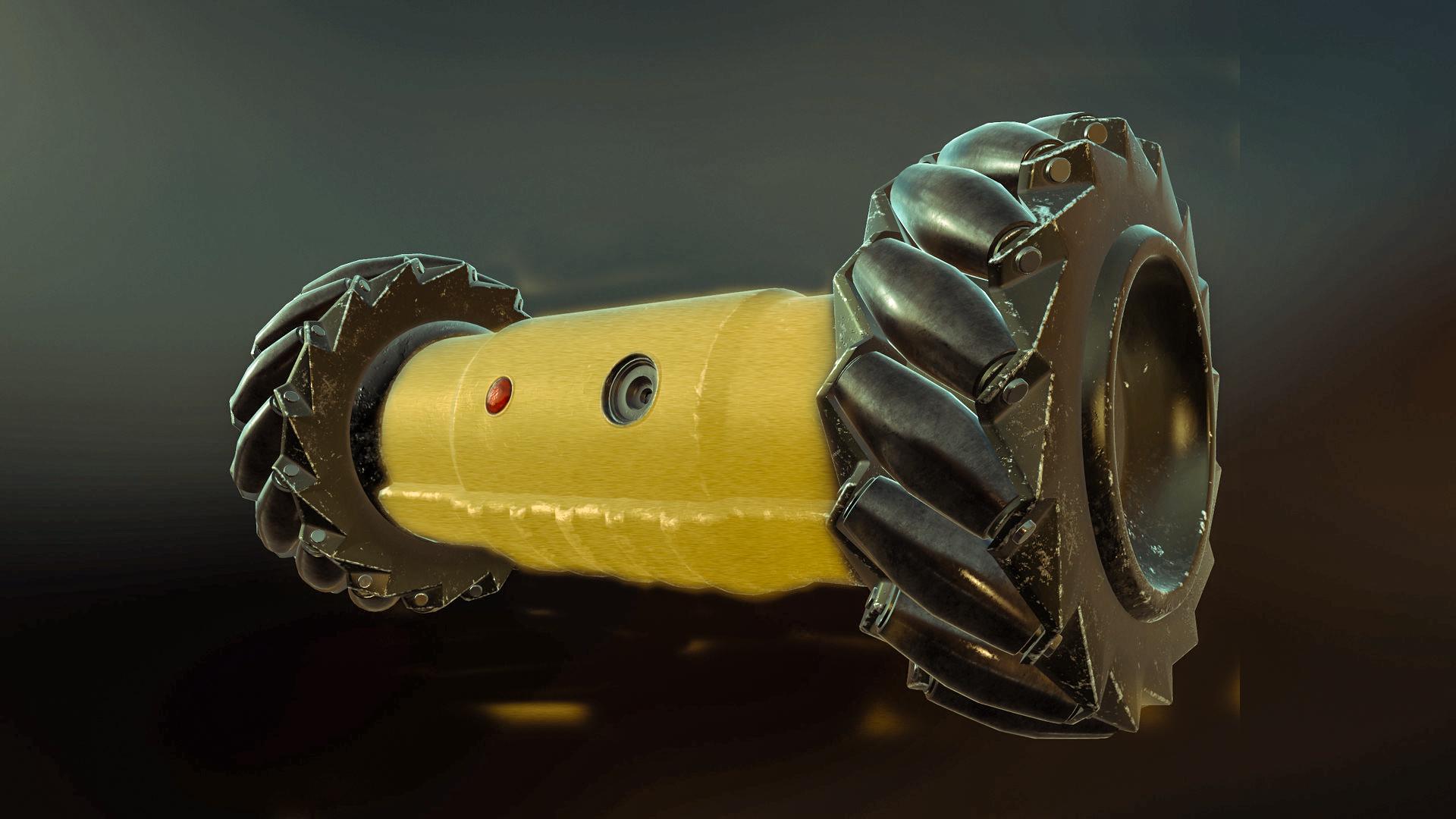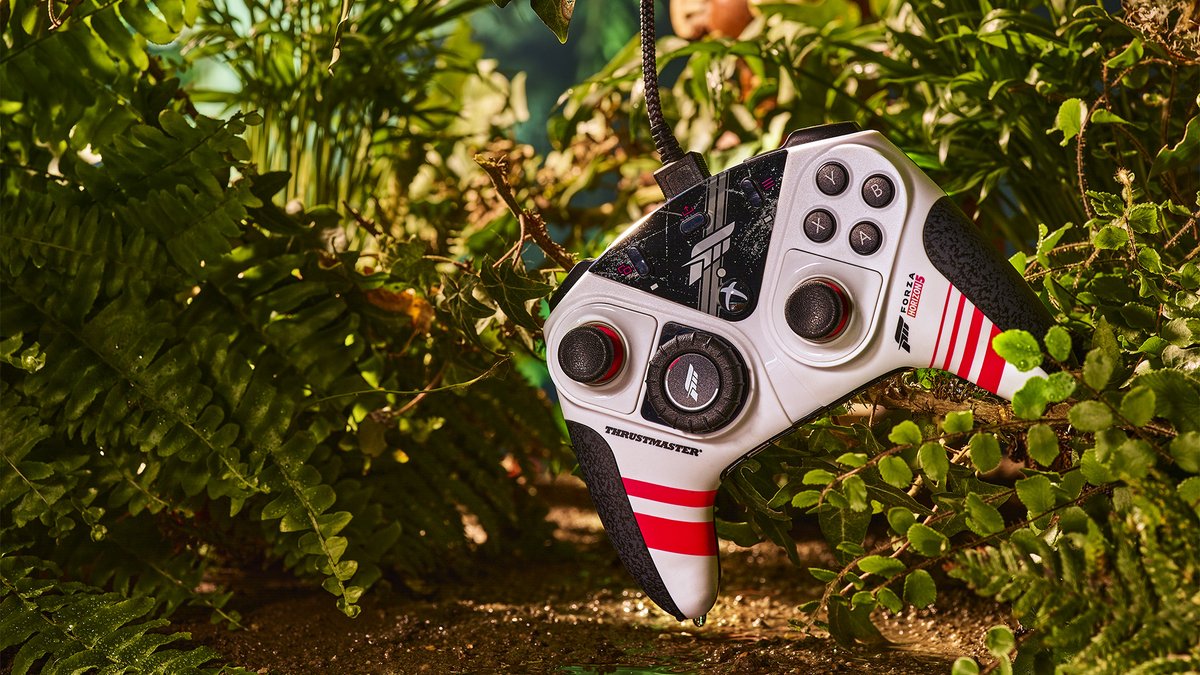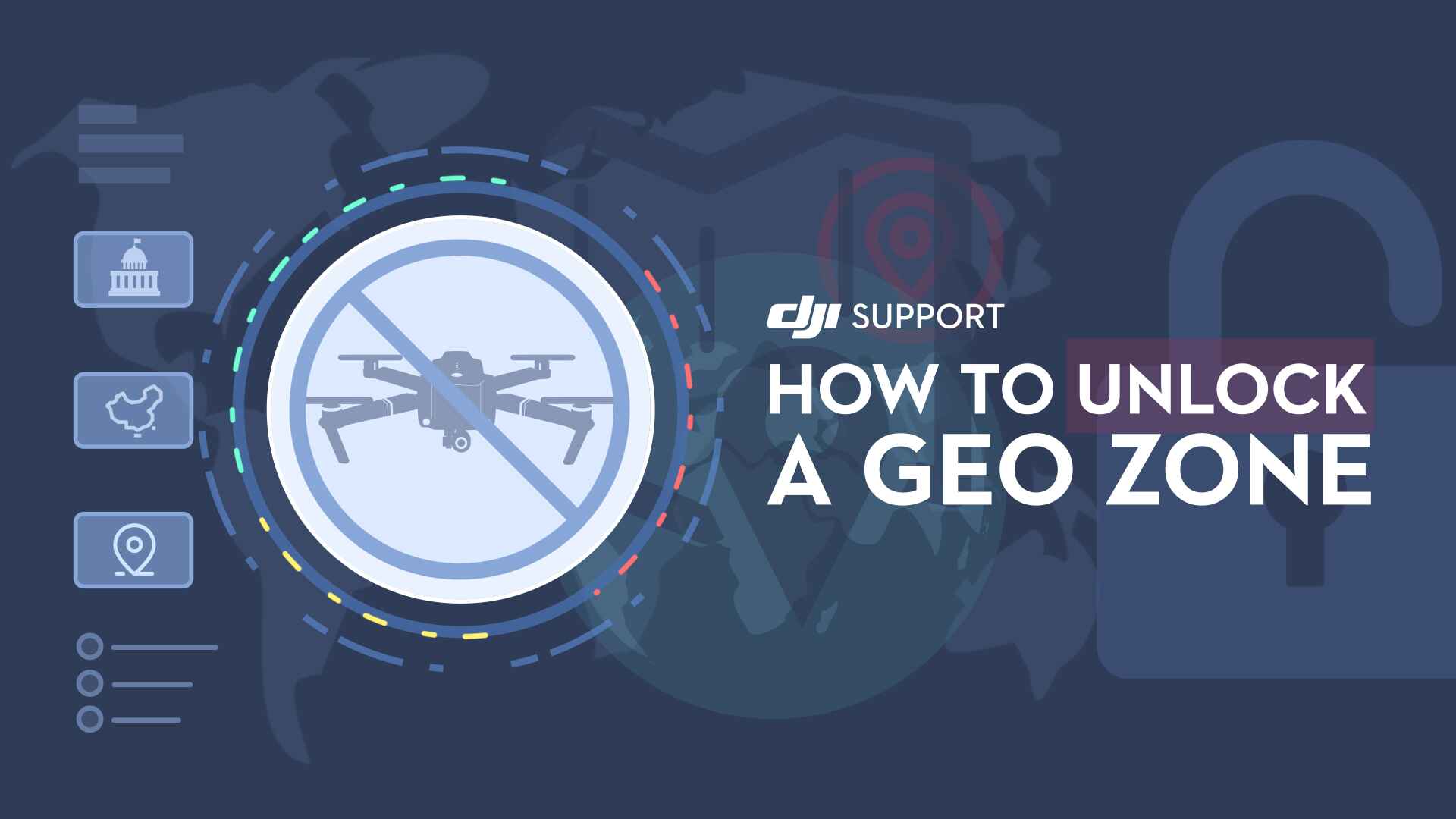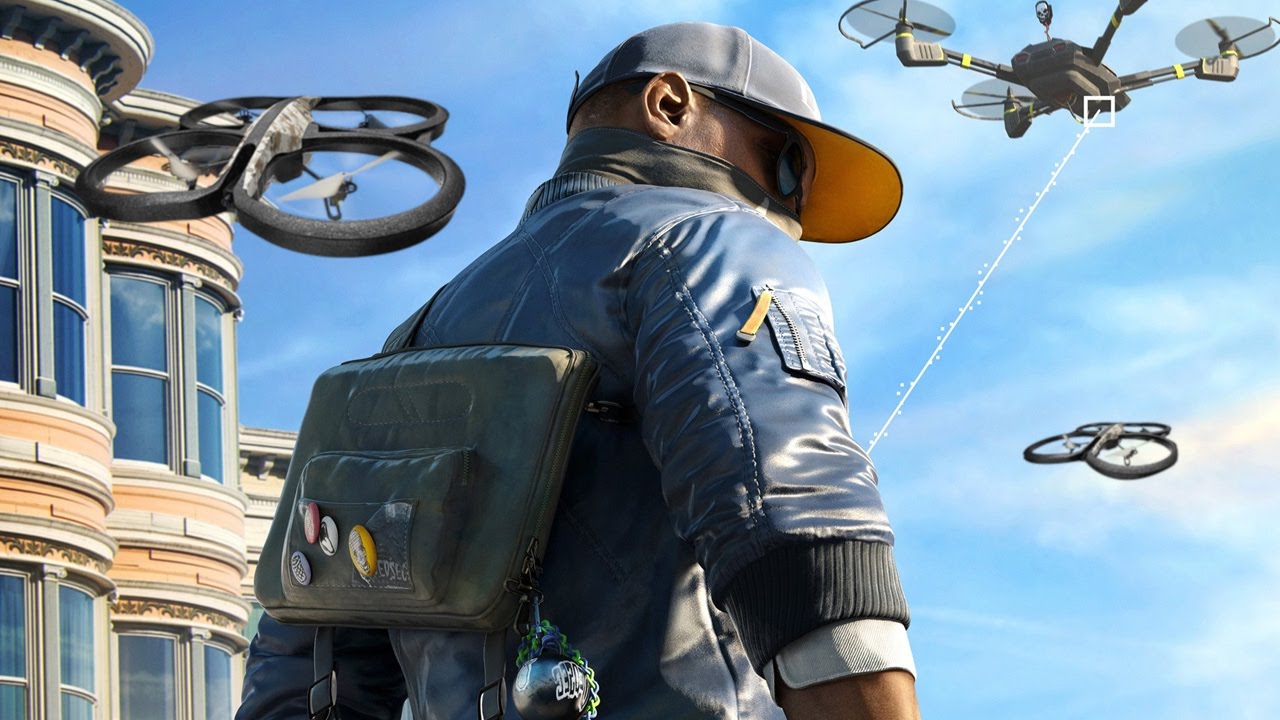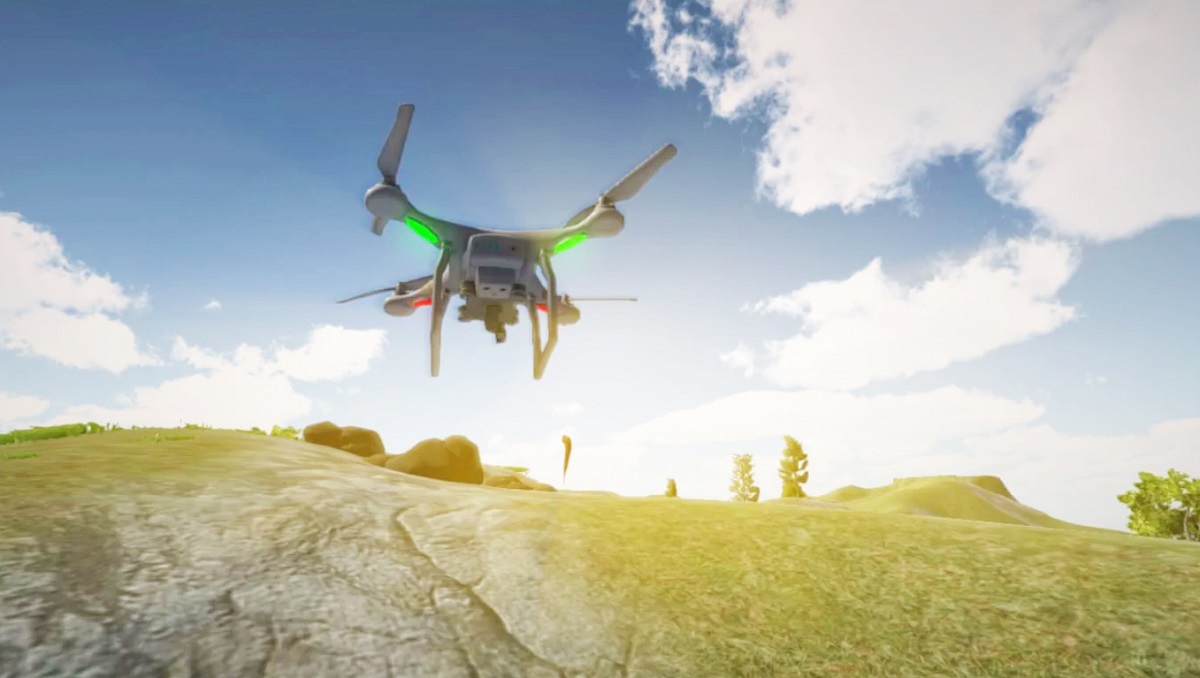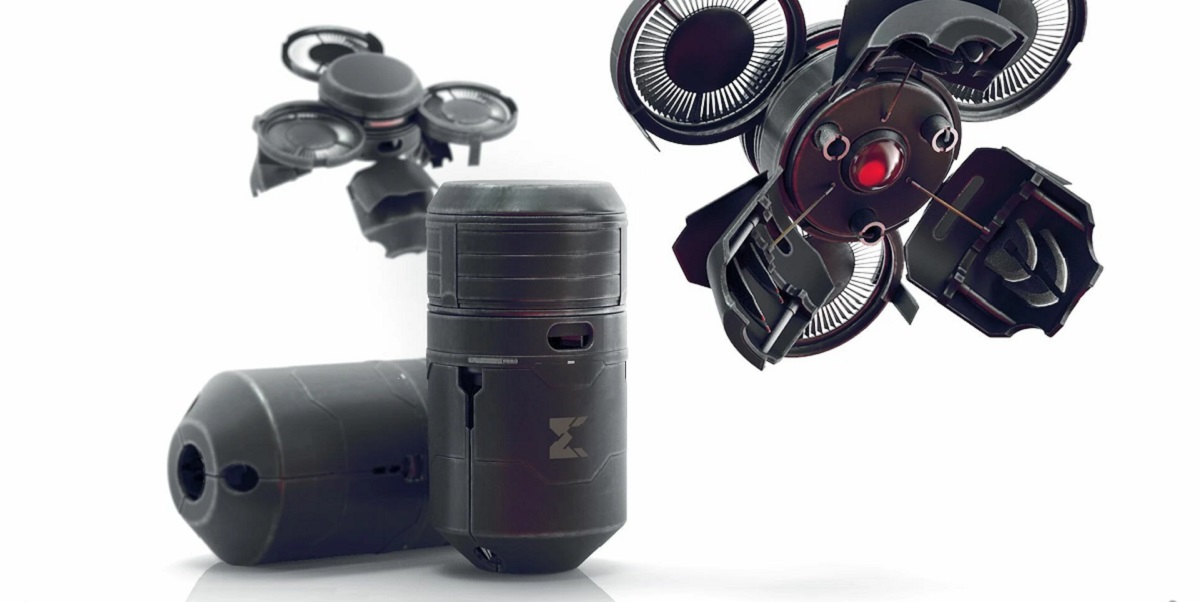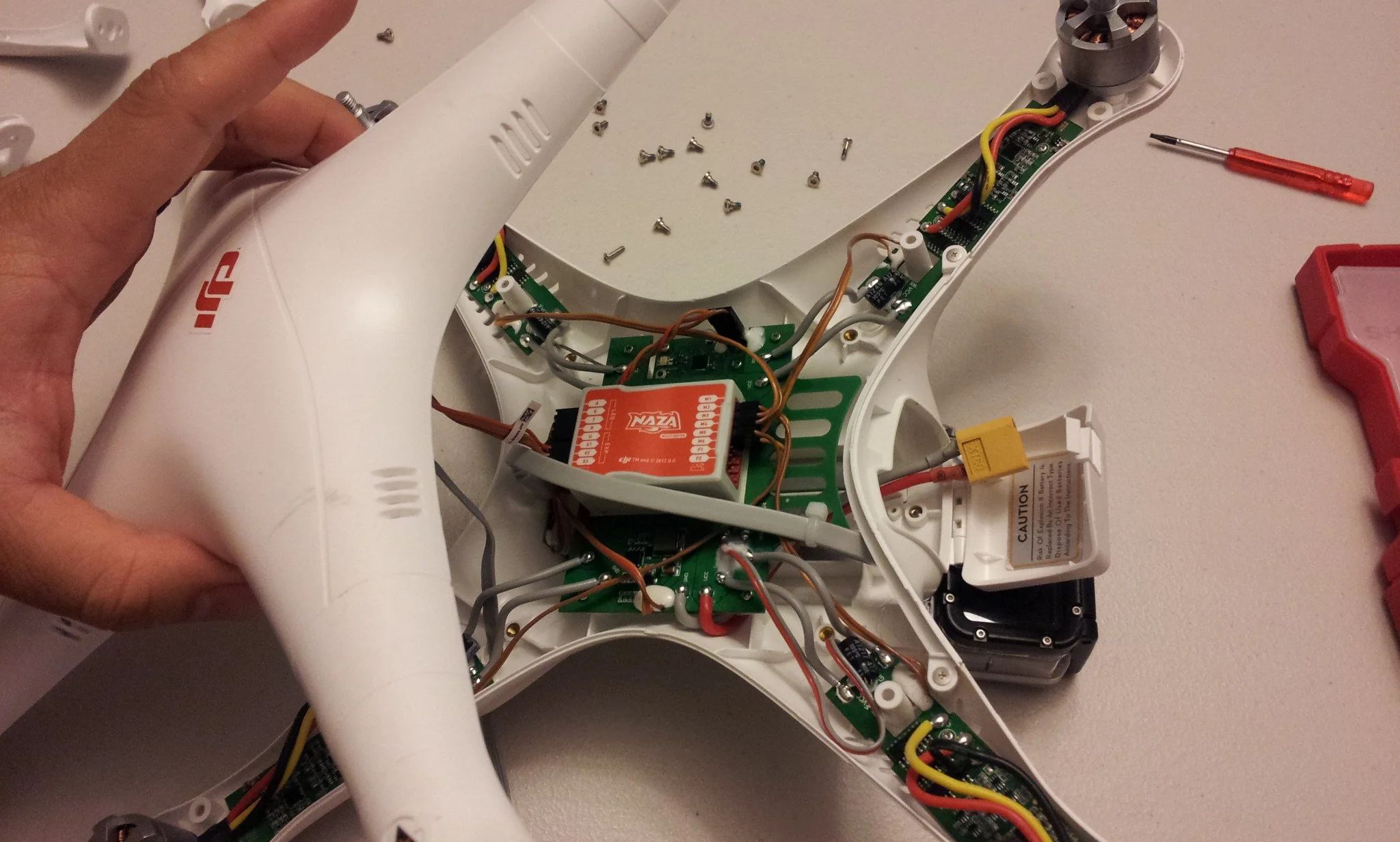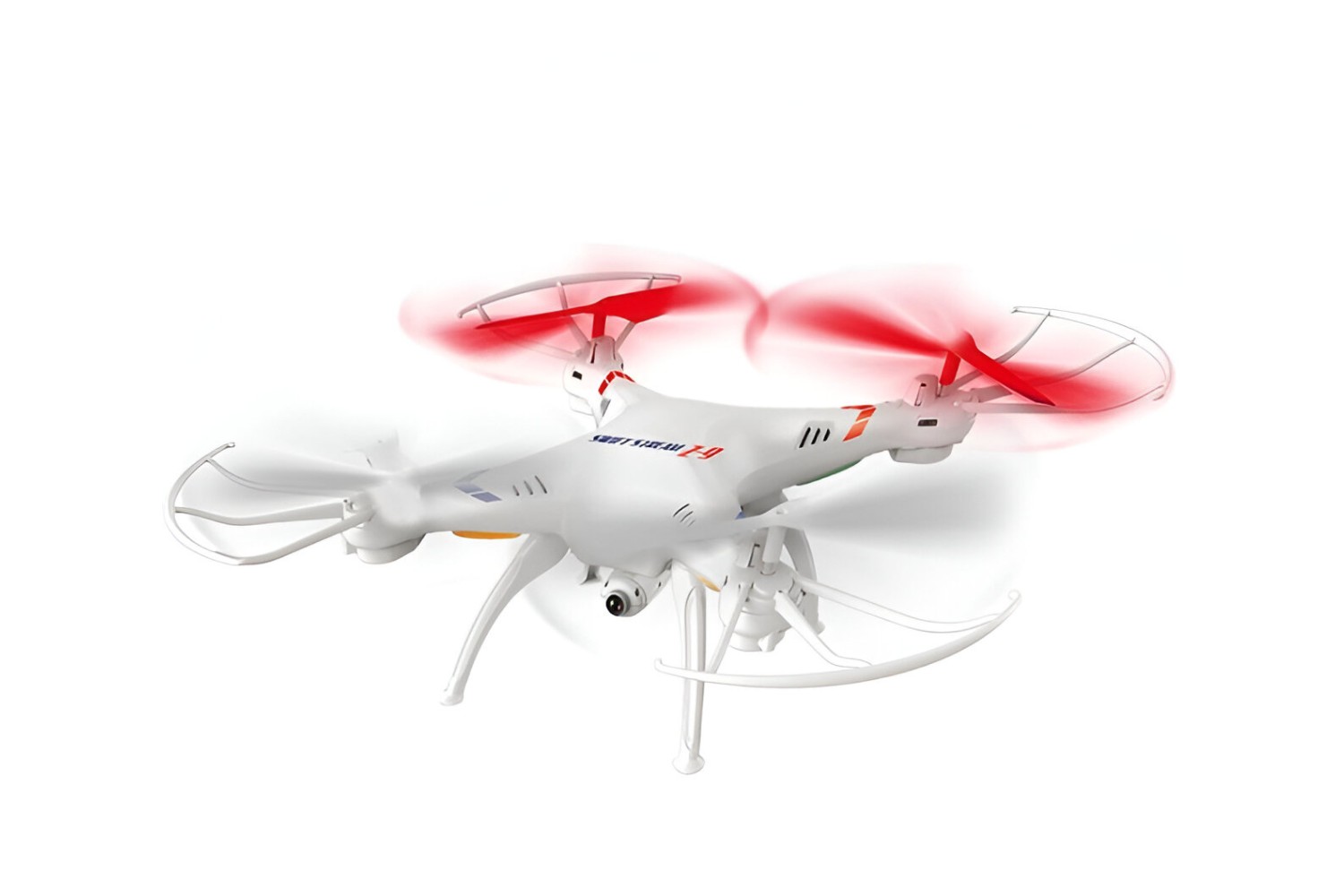Introduction
Unmanned aerial vehicles, commonly known as drones, have become increasingly popular in recent years. Their use extends beyond recreational purposes and has expanded into various industries, such as photography, videography, agriculture, and delivery services. However, some drones come with limitations and restrictions set by manufacturers or regulatory bodies. Unlocking a drone allows you to access additional features and capabilities, giving you more freedom and control over your device. If you’re looking to unlock your drone, this article will guide you through the necessary steps to do so successfully.
Unlocking a drone is not a process to be taken lightly. It requires research, adherence to regulations, and a thorough understanding of the drone model you own. By following the correct procedures, you can unlock your drone and unleash its full potential while still complying with legal requirements.
In the following sections, we will delve into the essential steps you need to take to unlock your drone. From understanding the basics of drone unlocking to applying for an unlock code and installing it on your device, you will gain detailed insights to successfully unlock your drone and enjoy its enhanced functionalities.
Keep in mind that the specific steps and requirements may vary depending on the drone model, manufacturer, and country of operation. It’s crucial to conduct thorough research and consult the relevant authorities or manufacturer for accurate and up-to-date information. Without further ado, let’s dive into the process of unlocking your drone and expanding its capabilities.
Understanding the basics of drone unlocking
Before delving into the process of unlocking your drone, it’s essential to grasp the fundamentals of what drone unlocking entails. When you purchase a drone, it typically comes with certain limitations and restrictions on its flight capabilities. These restrictions are primarily put in place for safety reasons and to ensure compliance with local regulations.
Drone unlocking involves bypassing these limitations and enabling additional features on your device. It allows you to access higher altitudes, disable flight restrictions in certain areas, or unlock advanced flight modes and functionalities. However, it’s crucial to understand that unlocking your drone may come with certain responsibilities, such as following specific flight protocols or obtaining relevant certifications.
It’s important to note that not all drones can be unlocked. Some manufacturers may restrict the unlocking process to certain models or only offer unlock codes for specific features. It’s advisable to research and verify whether your drone model is eligible for unlocking before proceeding.
To ensure safe and responsible drone unlocking, it’s necessary to establish a strong understanding of your drone’s capabilities and limitations. Familiarize yourself with its flight modes, maximum altitude, geofencing restrictions, and any other features that may be relevant to your unlocking goals.
Additionally, consider the impact that unlocking your drone may have on its warranty, insurance coverage, and compliance with local regulations. Some manufacturers may void the warranty or limit their liability if the drone has been modified or unlocked. Therefore, it’s crucial to weigh the benefits and risks of unlocking your drone before proceeding.
By developing a solid comprehension of the basics of drone unlocking, you lay the groundwork for a successful unlocking process. With this understanding, you can confidently move forward with the next steps, which involve researching your drone model, manufacturer, and applicable regulations. Let’s explore these aspects in the following section.
Researching drone models and manufacturers
When it comes to unlocking your drone, conducting thorough research is crucial. Begin by gathering information about your specific drone model and the manufacturer’s policies regarding unlocking.
Start by exploring the manufacturer’s official website or documentation to understand if they provide an official unlocking process or if they allow third-party unlocking solutions. Manufacturers may have specific guidelines or requirements for unlocking their drones, which can vary from model to model.
It’s also important to research whether there are any alternative methods or unofficial unlocking solutions available. Online forums, communities, and social media groups dedicated to drone enthusiasts can be valuable resources for finding information about unlocking methods that have been successfully used by other drone owners.
Take note of the limitations or restrictions that come with each drone model. Some drones may have built-in safety features, such as altitude limitations or geofencing restrictions, that are designed to prevent unauthorized or risky flights. Understanding these limitations will help you determine your requirements for unlocking.
Furthermore, research any legal or regulatory requirements related to unlocking drones in your country or region. Familiarize yourself with the aviation authority’s rules and regulations that govern drone operations. Some countries may have specific licensing or certification requirements that you need to fulfill before unlocking certain features or flying in certain areas.
Consider reading reviews or seeking opinions from other drone owners who have successfully unlocked their drones. They can provide insights into the process, any challenges they encountered, and the overall benefits of unlocking their devices. Learning from others’ experiences can help you make informed decisions and avoid potential pitfalls.
By conducting thorough research on your drone model, manufacturer’s policies, and applicable regulations, you will have a comprehensive understanding of the available unlocking options and any associated requirements. Armed with this knowledge, you can proceed to the next steps, which involve familiarizing yourself with drone regulations and requirements. Let’s explore this in the following section.
Familiarizing yourself with drone regulations and requirements
Before proceeding with unlocking your drone, it’s crucial to have a solid understanding of the regulations and requirements governing drone operations in your country or region. This knowledge will help ensure that you comply with all legal obligations and fly your drone safely and responsibly.
Start by checking the specific regulations set forth by your country’s aviation authority or regulatory body. These regulations may cover aspects such as registration, licensing, flight restrictions, and operating guidelines. Familiarize yourself with the rules and requirements that pertain to drones and make note of any limitations or restrictions that may impact the unlocking process.
In addition to national regulations, it’s important to be aware of any local or municipal laws and regulations that may apply to drone operations. Some areas may have specific no-fly zones, altitude restrictions, or flight permits that you need to adhere to. Familiarize yourself with these local requirements to ensure that you can unlock your drone within the appropriate boundaries.
Consider any certification or training programs that are mandated or recommended for drone operators in your region. Certain countries may require you to obtain a drone pilot license or complete a specific training course before unlocking certain features or flying in certain areas. Research the available certification options and ensure that you fulfill the necessary requirements prior to progressing with unlocking.
Stay updated with any changes or updates to the regulations. Drone regulations are constantly evolving, and it’s crucial to stay informed about any new rules or restrictions that may be implemented. Regularly check the official websites or publications of your country’s aviation authority or regulatory body for the latest information.
By familiarizing yourself with the drone regulations and requirements, you demonstrate a commitment to flying your drone in a safe, legal, and responsible manner. This knowledge will be valuable as you move forward in the process of unlocking your drone. In the next section, we will discuss the importance of registering your drone with the appropriate authorities.
Registering your drone with the appropriate authorities
Registering your drone with the appropriate authorities is a crucial step in the process of unlocking your device. Many countries require drone owners to register their drones before operating them, and failure to do so can result in penalties or legal consequences.
Start by checking the regulations set by your country’s aviation authority or regulatory body regarding drone registration. Determine the specific requirements and procedures for registering your drone. This may include providing information such as your name, contact details, drone model, and serial number.
Ensure that you gather all the necessary documentation and information required for registration. This may include proof of purchase, proof of identity, or any other supporting documents as specified by the authorities. Keep in mind that the registration process may involve a fee, so be prepared for any associated costs.
Once you have gathered all the required information and documentation, proceed with the registration process according to the instructions provided by the authorities. This may involve submitting an online application, filling out physical forms, or visiting a designated registration center.
After successfully registering your drone, you will receive a unique registration number or identification code. It’s essential to affix this registration number or code visibly on your drone, as mandated by the regulations. This helps identify your drone and ensures compliance with the registration requirements.
Remember to keep a copy of your registration certificate or confirmation, as you may be required to present it when operating your drone or when seeking an unlock code from the manufacturer or regulatory body.
By registering your drone with the appropriate authorities, you meet a crucial legal obligation and ensure that you can confidently proceed with the next steps of unlocking your drone. In the following section, we will discuss the importance of completing necessary certification or training programs.
Completing necessary certification or training programs
Completing necessary certification or training programs is an important step in ensuring safe and responsible drone operation. Depending on your jurisdiction and the type of drone operations you intend to undertake, certain certifications or training programs may be mandatory or highly recommended.
Start by researching the certification or training requirements in your country or region. Understand the types of certifications available and their respective criteria. Some examples include a drone pilot license or a specific training course to demonstrate proficiency in operating drones safely.
Consider the level of certification or training that aligns with your intended drone operations. For commercial drone operations, you may need to pursue a more comprehensive certification program that covers aspects such as airspace regulations, flight planning, emergency procedures, and operating in controlled airspace.
Look for reputable training providers or organizations that offer the necessary certification or training programs. Ensure that they are recognized by the relevant authorities and can provide you with the knowledge and skills required for safe drone operation.
Enroll in the certification or training program of your choice and complete the necessary coursework or assessments. This may involve in-person classes, online modules, practical flight training, or a combination of these methods. Dedicate the time and effort required to successfully complete the program and acquire the necessary certification.
By completing necessary certification or training programs, you not only meet legal requirements but also equip yourself with the skills and knowledge needed for safe and responsible drone operation. These certifications demonstrate your commitment to operating drones in a professional and compliant manner.
Once you have obtained the required certification or training, you can proceed with confidence to the next steps, which involve applying for an unlock code from the manufacturer or regulatory body.
Applying for an unlock code from the manufacturer or regulatory body
Once you have fulfilled all the necessary prerequisites, such as understanding drone unlocking basics, researching your drone model and manufacturer, familiarizing yourself with regulations, and completing any required certifications or training, you can proceed with applying for an unlock code. This code, provided by the manufacturer or regulatory body, will enable you to unlock the additional features and functionalities of your drone.
Start by checking the manufacturer’s official website or contacting their customer support to inquire about the process of obtaining an unlock code. They may have specific instructions, forms, or online portals dedicated to this purpose. Follow the provided guidelines and submit any required information or documentation. Some manufacturers may require proof of registration, certifications, or even proof of ownership.
In some cases, you may need to apply directly to your country’s aviation authority or regulatory body for an unlock code. Research the relevant authority’s website or contact them to understand the application process. Provide any necessary information or documentation they require, such as proof of registration, certifications, or training completion.
Be prepared for a waiting period after submitting your application. The manufacturer or regulatory body may need to review your application to verify your eligibility and ensure compliance with regulations. The duration of this wait may vary, so it’s important to be patient and keep track of any updates or communication from the authority or manufacturer.
Once your application is approved, you will receive the unlock code. Follow the instructions provided by the manufacturer or regulatory body to install the code on your drone. This process may involve updating the drone’s firmware or using a dedicated software or app provided by the manufacturer.
Ensure that you follow all the steps accurately and double-check the installation of the unlock code to ensure it is successfully applied to your drone. Once the unlock code is installed, you should have access to the additional features and functionalities that were previously restricted.
By applying for an unlock code from the manufacturer or regulatory body, you can unlock the full potential of your drone while maintaining compliance with the necessary regulations and guidelines. In the next section, we will discuss the importance of installing software updates and keeping your drone’s software and firmware up to date.
Installing the unlock code on your drone
After successfully obtaining the unlock code from the manufacturer or regulatory body, the next step is to install it on your drone. Installing the unlock code will allow you to unlock the additional features and functionalities that were previously restricted.
Begin by carefully reading and following the instructions provided by the manufacturer or regulatory body for installing the unlock code. These instructions may vary depending on your specific drone model and the software or firmware used.
In most cases, installing the unlock code involves updating the drone’s firmware or using a dedicated software or app provided by the manufacturer. Connect your drone to your computer or mobile device as instructed and launch the appropriate software or app.
Follow the on-screen prompts to initiate the firmware update or unlock code installation process. The software or app will guide you through the steps necessary to apply the unlock code to your drone. Ensure that you carefully follow each step and provide any required information or permissions as prompted.
During the installation process, the software or app may prompt you to restart or power cycle the drone. Follow these instructions and make sure to complete the installation process fully.
Once the unlock code is successfully installed, power on your drone and verify that the additional features and functionalities have been unlocked. Take the time to explore and test the unlocked capabilities to ensure that everything is functioning as expected.
It’s important to note that after installing the unlock code, you should periodically check for software or firmware updates from the manufacturer. These updates may include bug fixes, performance enhancements, and additional features. Installing updates in a timely manner will ensure that your drone continues to operate at its best and adhere to evolving regulations.
By correctly installing the unlock code on your drone, you unlock its full potential and gain access to additional features and functionalities. Enjoy the expanded capabilities of your drone while maintaining a proactive approach to keeping your drone’s software and firmware up to date. In the next section, we will discuss the importance of regularly updating your drone’s software and firmware.
Testing the unlocked capabilities of your drone
Once you have successfully installed the unlock code on your drone and unlocked its additional features and functionalities, it’s time to test and explore the newly unlocked capabilities. Testing your drone’s capabilities will allow you to fully utilize its enhanced functions and assess the benefits of the unlocking process.
Start by familiarizing yourself with the newly unlocked features and functionalities. Refer to the manufacturer’s documentation or user manual to understand how to access and utilize these features effectively. This will ensure that you make the most out of the unlocked capabilities and take full advantage of your drone’s expanded functionalities.
Identify specific scenarios or use cases where the unlocked capabilities will be beneficial to you. For example, if the unlock code enables higher flight altitudes, find an appropriate location to test the drone’s performance at the extended altitude range. If the unlock code allows for advanced flight modes, such as follow-me or orbit, explore these modes in a controlled environment to understand their functionality.
Perform flight tests in a safe and legal manner. Observe all the necessary safety precautions and adhere to the regulations and guidelines set by your country’s aviation authority or regulatory body. Ensure that you have proper permissions or approvals, if required, to test certain features or fly in specific areas.
During the flight tests, pay close attention to the performance of the drone and the new capabilities it offers. Evaluate the stability, responsiveness, and overall flight experience. Take note of any issues, glitches, or limitations that you may encounter and report them to the manufacturer or seek support as necessary.
Testing the unlocked capabilities of your drone will not only allow you to maximize its potential but also provide you with valuable insights and firsthand experience. You can discover new possibilities for creative projects, streamline your workflow, and enhance the overall quality of your drone operations.
Remember to continue following best practices for drone operation, such as maintaining line-of-sight, operating within legal boundaries, and respecting the privacy of others. By doing so, you can fully enjoy the unlocked capabilities of your drone while ensuring the safety and well-being of yourself and those around you.
In the next and final section, we will discuss the importance of regularly updating your drone’s software and firmware to ensure optimal performance and compliance with regulations.
Regularly updating your drone’s software and firmware
Regularly updating your drone’s software and firmware is of utmost importance to ensure optimal performance, reliability, and compliance with regulations. Manufacturers often release updates that address bug fixes, introduce new features, enhance performance, and address security vulnerabilities. Here’s why you should keep your drone’s software and firmware up to date.
First and foremost, software and firmware updates can improve the overall stability and reliability of your drone. These updates often address known issues and bugs, making your drone perform more consistently and reducing the chances of malfunctions or crashes during flight.
Moreover, updating your drone’s software can introduce new features and functionalities that enhance your flight experience. These updates can include improved flight modes, advanced camera settings, better obstacle detection, or enhanced control options. By staying up to date, you can take advantage of the latest capabilities and expand your creative possibilities.
Another important reason to update your drone’s software and firmware is to ensure compliance with evolving regulations. Aviation authorities often update rules and regulations regarding drone operations. Manufacturers release firmware updates to incorporate these changes and ensure that their drones meet the latest requirements. By keeping your drone up to date, you stay in line with the current regulations and avoid potential legal issues.
Updating your drone’s software and firmware is typically a straightforward process. Manufacturers provide instructions on how to perform the update, which may involve connecting your drone to a computer or utilizing a mobile app. Follow the provided instructions carefully and ensure that your drone has sufficient battery power during the update process.
Before initiating any updates, it’s crucial to back up any important data or settings on your drone. This way, if something goes wrong during the update, you can restore your drone’s previous state easily.
Additionally, it’s a good practice to check for updates regularly, as manufacturers may release updates periodically to address new issues or provide further enhancements. Set a reminder to visit the manufacturer’s website or explore their software or app for any available updates.
By regularly updating your drone’s software and firmware, you can ensure that your drone operates at its best, with improved stability, new features, and compliance with regulations. Stay proactive and keep your drone up to date to maximize its performance and continue enjoying safe and seamless flights.
Conclusion
Unlocking your drone can open up a world of possibilities, allowing you to access additional features and functionalities that were previously restricted. However, it’s essential to approach the unlocking process with careful consideration, research, and adherence to regulations.
In this article, we have discussed the important steps involved in unlocking a drone. Understanding the basics of drone unlocking, researching your drone model and manufacturer, familiarizing yourself with regulations, registering your drone, completing necessary certification or training, applying for an unlock code, and installing it on your drone are all crucial steps to take on this journey.
By following these steps, you can unlock your drone while maintaining compliance with local regulations and ensuring safe and responsible drone operations. Regularly updating your drone’s software and firmware further enhances its performance and keeps you in line with evolving regulations.
Remember, unlocking your drone is a process that requires patience, knowledge, and attention to detail. Always prioritize safety and comply with the applicable rules and regulations in your area. Keep abreast of any changes and updates in the drone industry to stay informed and make the most of your unlocked drone’s capabilities.
Now that you have a comprehensive understanding of the steps involved in unlocking a drone, you can confidently embark on this journey and enjoy the enhanced capabilities of your drone. Embrace the endless possibilities that unlocking brings and continue to fly responsibly, capturing breathtaking aerial footage and exploring new horizons.







